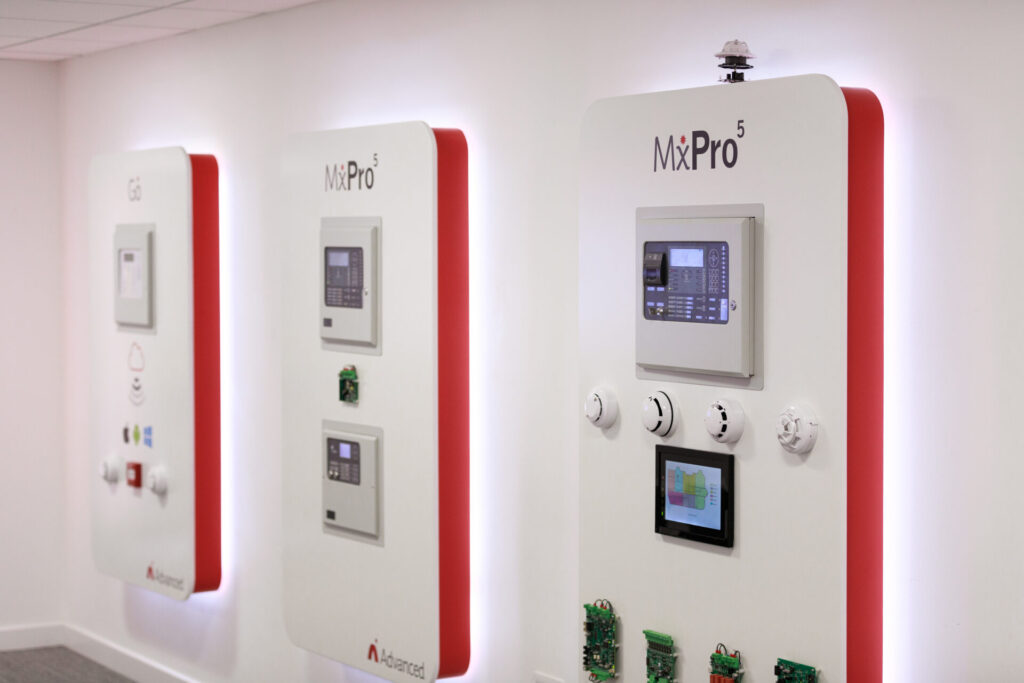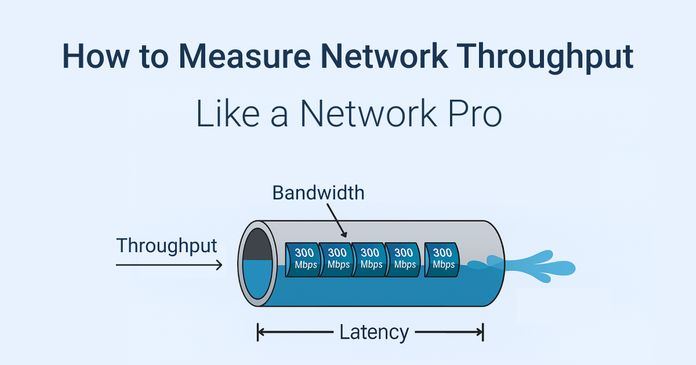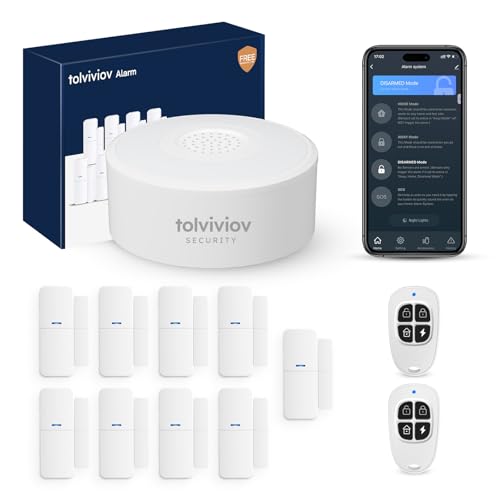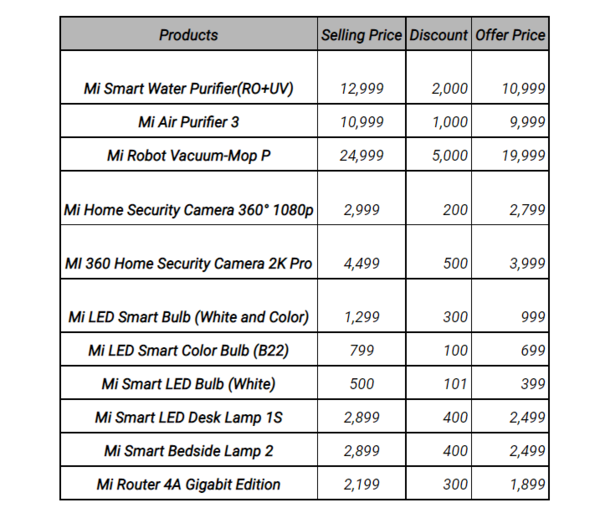Have you ever wondered how to keep your home safer without spending a fortune? Door and window sensors might be the simple solution you’re looking for.
These small devices can protect your home by alerting you the moment someone tries to open a door or window. Imagine having peace of mind knowing your loved ones and belongings are secure, even when you’re not around. You’ll discover how these sensors work, why they matter, and how they can fit seamlessly into your daily life.
Keep reading to find out how to make your home smarter and safer starting today.

Credit: au.swann.com
How Door And Window Sensors Work
Door and window sensors help protect homes and buildings. They alert you if a door or window opens unexpectedly.
These sensors use simple technology to detect when a door or window moves. They send signals to an alarm or control panel.
Types Of Sensors
There are several types of door and window sensors. Each type works in a different way to detect openings.
- Magnetic Sensors: Use magnets to sense if a door or window opens.
- Reed Switch Sensors: Contain a small switch that closes or opens with a magnet.
- Motion Sensors: Detect movement near doors or windows.
- Glass Break Sensors: Listen for the sound of breaking glass.
Installation Process
Installing sensors is usually simple and quick. Most sensors come with easy-to-follow instructions.
First, clean the area where you will place the sensor. Then attach the sensor and magnet on the door and frame.
- Place the sensor on the fixed frame.
- Attach the magnet on the moving door or window.
- Keep the sensor and magnet aligned.
- Connect the sensor to the alarm system if needed.
Trigger Mechanisms
Sensors trigger an alert when the door or window moves apart from the frame. This breaks the sensor’s connection.
The sensor sends a signal to the alarm system. The system then sounds an alarm or sends a notification.
- Magnetic sensors trigger when the magnet moves away from the sensor.
- Reed switches open or close circuits to send a signal.
- Motion sensors detect movement nearby and trigger alerts.
- Glass break sensors detect sound frequencies of breaking glass.
Benefits For Home Security
Door and window sensors add an extra layer of safety to your home. They alert you when someone opens a door or window.
These sensors help protect your home from break-ins. They make your home smarter and more secure.
Deterring Intruders
Door and window sensors can scare away burglars. When triggered, they often set off alarms or lights.
These alerts make intruders think twice before entering your home. They know they are being watched.
- Alarms sound when doors or windows open
- Lights can turn on automatically
- Visible sensors warn intruders
Real-time Alerts
Sensors send instant alerts to your phone or device. You get notified the moment a door or window opens.
This helps you act quickly if there is a break-in or accident. Real-time alerts keep you informed anytime.
- Notifications via phone or app
- Quick response to emergencies
- Monitor your home from anywhere
Integration With Security Systems
Door and window sensors work well with other security tools. They connect to alarms, cameras, and smart locks.
This integration creates a stronger security network. Your home protection becomes more complete and reliable.
- Links with home alarm systems
- Works with security cameras
- Controls smart locks and devices
Choosing The Right Sensor
Door and window sensors help keep your home safe. Picking the right sensor makes a big difference.
Think about where you will use the sensor and what features you need. This guide will help you choose.
Wired Vs Wireless Options
Wired sensors connect through cables. They offer steady power and fewer signal issues.
Wireless sensors use batteries and connect by radio signals. They are easy to install and move.
- Wired sensors are reliable but harder to install
- Wireless sensors are simple to install but need batteries
- Wired sensors suit permanent setups
- Wireless sensors fit renters or temporary use
Battery Life And Maintenance
Battery life is key for wireless sensors. Long battery life means less changing and fewer alerts.
Check how often you must replace or recharge batteries. Some sensors send low battery warnings.
- Look for sensors with long battery life (1 year or more)
- Choose sensors with easy battery replacement
- Regularly test sensors to ensure they work well
- Wired sensors need less maintenance
Compatibility With Smart Home Devices
Check if the sensor works with your smart home system. Compatibility adds convenience and control.
Some sensors connect to hubs like Alexa, Google Home, or Apple HomeKit. This lets you get alerts and automate actions.
- Verify sensor supports your smart home platform
- Look for sensors with app control and alerts
- Check if the sensor works with other smart devices
- Choose sensors with easy setup for your system

Credit: www.amazon.com
Common Installation Mistakes
Door and window sensors help keep your home safe. Installing them correctly matters a lot.
Many people make simple mistakes that stop sensors from working well. Learning these errors can help you avoid them.
Placement Errors
Placing sensors in the wrong spot is a common problem. If sensors are too far apart, they may not work.
Also, putting sensors where they get bumped or blocked can cause false alarms or no alerts at all.
- Keep sensors close to the door or window frame
- Avoid metal surfaces that block signals
- Do not place sensors where doors or windows hit them
- Check the sensor alignment for proper contact
Ignoring Sensor Calibration
Many skip calibrating sensors after installation. Calibration helps sensors detect openings correctly.
Without calibration, sensors may trigger alarms too easily or not at all. This reduces security.
- Follow instructions to set sensor sensitivity
- Test sensors after installation to confirm work
- Recalibrate sensors if you move or adjust them
Overlooking Environmental Factors
Environmental factors affect sensor performance. Cold, heat, or moisture can cause sensor failure.
Strong sunlight or electrical noise can also interfere with signals and cause false alarms.
- Keep sensors away from direct sunlight
- Avoid placing sensors near heaters or air conditioners
- Do not install sensors where water can drip on them
- Check for nearby electronic devices that may cause interference
Enhancing Security With Additional Devices
Door and window sensors are important for home security. They alert you when doors or windows open.
Adding other devices can make your security system stronger. These extra tools help protect your home better.
Motion Detectors
Motion detectors sense movement inside or outside your home. They warn you if someone is nearby.
These devices work well with door and window sensors. They cover areas that sensors might miss.
- Detects movement quickly
- Works day and night
- Triggers alarms or lights
- Helps avoid false alarms
Security Cameras
Cameras record video of your home and its surroundings. They let you see who is at your door.
You can watch live feeds from your phone. This helps you respond fast if there is a problem.
- Records video 24/7
- Provides evidence if needed
- Allows remote viewing
- Can alert on suspicious activity
Alarm Systems
Alarm systems make loud sounds when triggered. They scare away intruders and alert neighbors.
They connect to sensors and detectors for full protection. Some alarms also notify security services.
- Loud noise to deter thieves
- Can connect to police or guards
- Works with sensors and cameras
- Easy to install and use
Troubleshooting And Maintenance Tips
Door and window sensors help keep your home safe. They need regular care to work well.
This guide gives simple tips to fix problems and maintain sensors.
Sensor Malfunctions
Sensors may stop working due to dirt, damage, or misalignment. Check if the sensor is clean and placed correctly.
If the sensor does not detect the door or window, try adjusting its position. Make sure nothing blocks the signal.
- Clean sensor surfaces with a soft cloth
- Check that magnets align properly
- Look for physical damage on sensors
- Ensure no objects block the sensor path
Battery Replacement
Low batteries cause sensors to stop working or send false alerts. Replace batteries when needed.
Use the correct battery type and insert it in the right direction. Remove old batteries safely.
- Check sensor battery status regularly
- Use fresh batteries recommended by the manufacturer
- Dispose of old batteries properly
- Reset the sensor after battery replacement
Regular Testing
Test sensors often to make sure they work correctly. Regular tests help catch problems early.
Open and close doors or windows to check if the sensor triggers alerts. Keep a log of test results.
- Test sensors at least once a month
- Note any issues during tests
- Fix problems immediately
- Keep sensor software updated
Future Trends In Sensor Technology
Door and window sensors are becoming smarter and more useful. New technology will change how these sensors work.
These trends will help improve security and make homes more efficient. Let’s explore what the future holds.
Ai And Machine Learning Integration
AI helps sensors learn from patterns and improve over time. Sensors can detect unusual activity by understanding normal behavior.
Machine learning allows sensors to reduce false alarms. They get better at telling the difference between real threats and harmless events.
Improved Connectivity
Sensors will connect more easily with smart home devices. This helps create a full system that works together smoothly.
Better wireless technology will make sensors more reliable. They will send alerts faster and work over longer distances.
- Use of 5G and Wi-Fi 6 for faster data
- More stable Bluetooth connections
- Cloud integration for real-time monitoring
Energy Efficiency Advances
New sensors will use less power and last longer on batteries. This helps reduce maintenance and saves money.
Energy harvesting methods will allow sensors to get power from light or movement. This makes them more eco-friendly and independent.
- Low-power chips reduce energy use
- Solar panels for outdoor sensors
- Motion energy harvesting inside homes
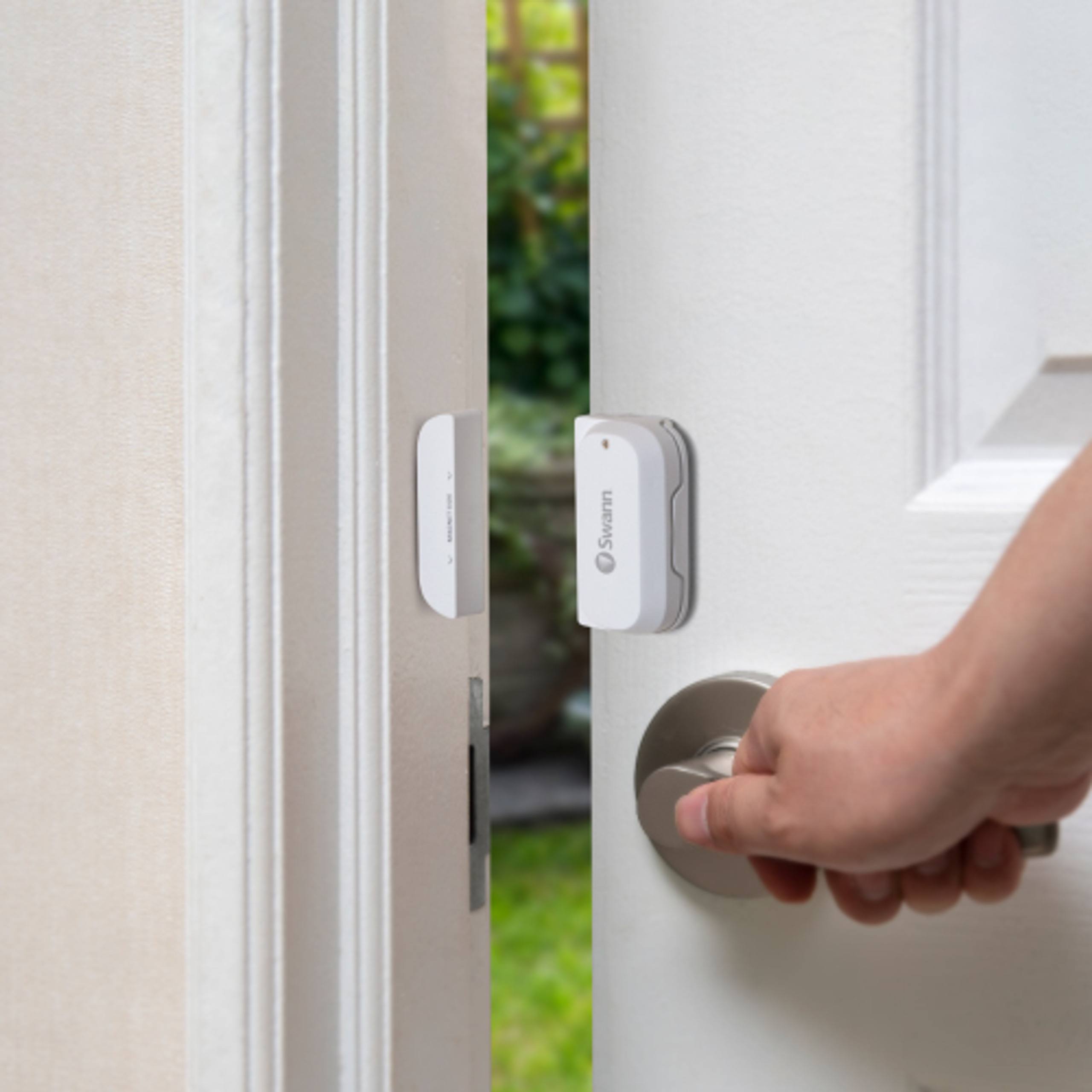
Credit: us.swann.com
Frequently Asked Questions
What Are Door And Window Sensors Used For?
Door and window sensors detect when doors or windows open or close. They enhance home security by alerting you to unauthorized entry. These sensors are key components in alarm systems and smart home automation, providing real-time notifications for safety and convenience.
How Do Door And Window Sensors Work?
These sensors consist of two parts: a magnet and a sensor switch. When the door or window opens, the magnet moves away from the sensor, triggering an alert. This simple mechanism helps monitor entry points effectively and instantly informs you of any breach.
Can Door And Window Sensors Integrate With Smart Homes?
Yes, most door and window sensors are compatible with smart home systems. They connect via Wi-Fi or Zigbee, allowing you to control and monitor them remotely. Integration enhances security and convenience by enabling automation and instant alerts on your smartphone.
Are Door And Window Sensors Easy To Install?
Yes, most sensors are designed for easy DIY installation. They usually come with adhesive backing or screws for quick setup. Installation requires no special tools, making them accessible for most homeowners to enhance security without professional help.
Conclusion
Door and window sensors boost home security. They are simple and effective. Installing them is easy and offers peace of mind. These devices alert you to unauthorized entries. They protect your family and belongings. Different styles suit various needs and budgets.
Choose sensors that match your home design. Regularly check their batteries for consistent protection. Stay informed about the latest sensor technology. Enhancing home safety doesn’t have to be complex. With sensors, you take a proactive step. A smart choice for any homeowner.
Feel secure and sleep well.
19 min read



